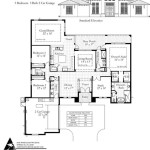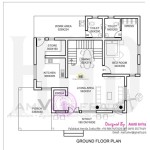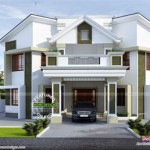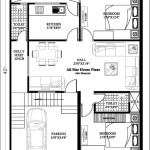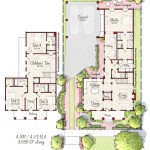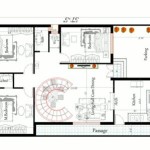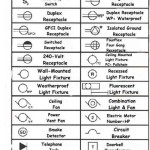House Plans with a View: Designing for Optimal Scenic Enjoyment
Building a home with a breathtaking view is a dream for many. Successfully integrating the surrounding landscape into the home's design requires careful planning and consideration of various factors, from window placement to site orientation. This article explores key aspects of designing house plans that maximize scenic views.
Site Analysis and Orientation
The first and most crucial step involves a thorough analysis of the building site. Understanding the topography, sun exposure, and prevailing winds is essential. Proper site orientation ensures the home is positioned to capture the desired views while also considering environmental factors.
- Identify primary and secondary view corridors.
- Analyze sun paths and shade patterns.
- Consider prevailing wind direction for natural ventilation and temperature control.
- Evaluate existing vegetation and its impact on views.
- Assess potential privacy issues from neighboring properties.
Window Placement and Design
Windows are the primary interface between the interior and the exterior, framing the desired views. Strategic window placement and design are crucial for optimizing the visual connection with the landscape.
- Utilize large windows or glass walls to maximize views.
- Consider different window types, such as picture windows, casement windows, or sliding doors, based on view framing and ventilation needs.
- Employ strategically placed clerestory windows to bring in natural light and enhance views without compromising privacy.
- Minimize window mullions and frames to create unobstructed sightlines.
Outdoor Living Spaces
Extending the living space outdoors allows homeowners to fully immerse themselves in the surrounding scenery. Decks, patios, balconies, and porches provide spaces to relax and enjoy the view.
- Incorporate covered outdoor spaces for year-round enjoyment.
- Design outdoor areas with appropriate furniture and lighting to enhance functionality and ambiance.
- Consider the relationship between indoor and outdoor spaces, ensuring seamless transitions.
- Use landscaping to frame views and create privacy.
Floor Plan Layout
The floor plan should be designed to prioritize views from key living areas. Open-concept layouts can enhance the sense of connection with the outdoors by minimizing visual barriers.
- Position primary living spaces, such as the living room, dining room, and kitchen, to take advantage of primary view corridors.
- Consider creating visual axes that draw the eye towards the view.
- Use open floor plans to maximize the visual flow between spaces and enhance the sense of spaciousness.
Landscaping and Site Integration
Landscaping plays a vital role in framing views and integrating the home into its surroundings. Careful plant selection and placement can enhance the visual appeal and create a sense of harmony between the built environment and the natural landscape.
- Use native plants to minimize maintenance and promote ecological balance.
- Consider the mature size of plants to avoid obstructing views.
- Incorporate hardscaping elements, such as retaining walls and pathways, to enhance accessibility and define outdoor spaces.
Roof Design and Skylights
Even the roof can contribute to maximizing views. Sloped roofs can be designed to enhance views from upper-level rooms, and skylights can bring in natural light and offer unique perspectives of the sky.
- Explore vaulted or cathedral ceilings to create a sense of grandeur and enhance views.
- Strategically place skylights to illuminate interior spaces and provide views of the sky.
- Consider roof decks for panoramic views.
Material Selection
The choice of building materials can further enhance the connection between the home and its surroundings. Using natural materials, such as wood and stone, can create a sense of harmony with the landscape.
- Select materials that complement the surrounding environment.
- Consider using locally sourced materials to reduce environmental impact.
- Employ materials with textures and colors that blend seamlessly with the natural landscape.
Lighting Design
Proper lighting design is crucial for enhancing the enjoyment of views, particularly during the evening hours. Well-placed lighting can highlight architectural features and landscape elements, creating a dramatic and inviting atmosphere.
- Use exterior lighting to illuminate outdoor spaces and highlight landscape features.
- Consider using low-level lighting to minimize light pollution and enhance views of the night sky.
- Employ interior lighting strategies that complement the natural light and enhance the views from within.

Modern House Plans With A View To The Rear Blog Dreamhomesource Com

Featured House Plan Bhg 1465

House Plan 4 Bedrooms 3 Bathrooms 3942 Drummond Plans

Rear View House Plans For A Unique Contemporary Home

Lake View Home Plan 59196nd Architectural Designs House Plans

0629 12 House Plan Plansource Inc

Valley View House Plan Farmhouse Country

House The Lake View Plan Green Builder Plans

Home Plans With Lots Of Windows For Great Views

House Aerial View Blueprints Plans Small


